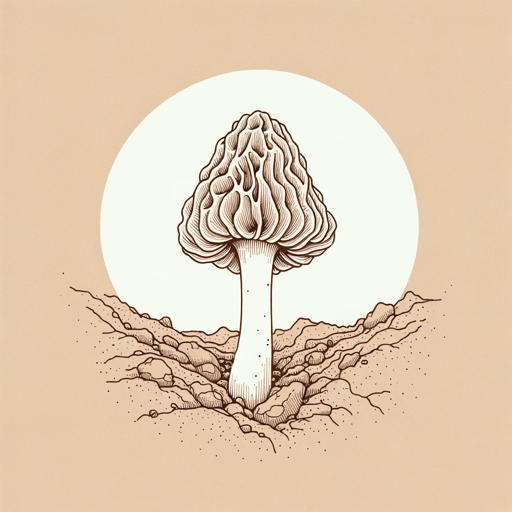56 pages • 1 hour read
Cormac McCarthyThe Road
Fiction | Novel | Adult | Published in 2006A modern alternative to SparkNotes and CliffsNotes, SuperSummary offers high-quality Study Guides with detailed chapter summaries and analysis of major themes, characters, and more. For select classroom titles, we also provide Teaching Guides with discussion and quiz questions to prompt student engagement.
Themes
How the Apocalypse Would Unfold in a Realistic Setting
Depictions of apocalypse define the eras in which they are written, but this depends on how those depictions’ authors define apocalypse. In the pre-modern era, during which plague and war were much closer to common experience, apocalypse was often a matter of eyewitness report. Such reports explained the mass loss of life without ornament and with the understanding that life continues beyond the apocalypse. Only the apocalypses born out of religious speculation were absolute, blessedly situated though they were in the unnamed future.
In the modern era, however, the possibility of the sort of terminal end to human civilization that was once only executable by vengeful gods became possible by means of manmade technology. The result was a sentimentalization of the genre. The most popular by far of these apocalyptic stories were of the “cozy apocalypse” genre, in which can-do heroes, no longer shackled by the restrictions of the modern world, become free to establish easy-to-understand barter economies, to build defensible forts using their ingenuity, and to solve their problems in two-fisted skirmishes with less-enterprising individuals. Labor in these worlds is not made alien through a complex system of hierarchies.
At first glance, The Road seems to undercut the coziness of the genre.
Related Titles
By Cormac McCarthy
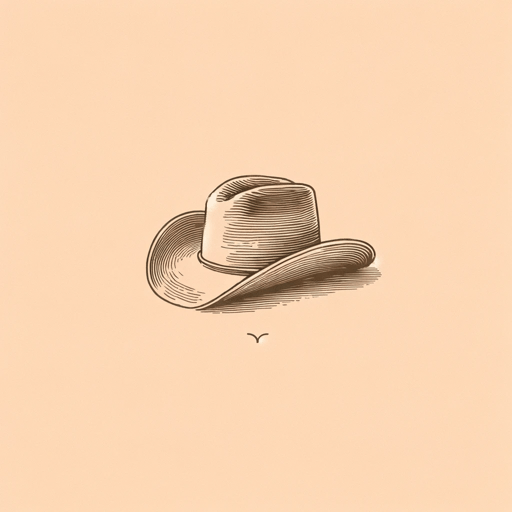
All The Pretty Horses
Cormac McCarthy
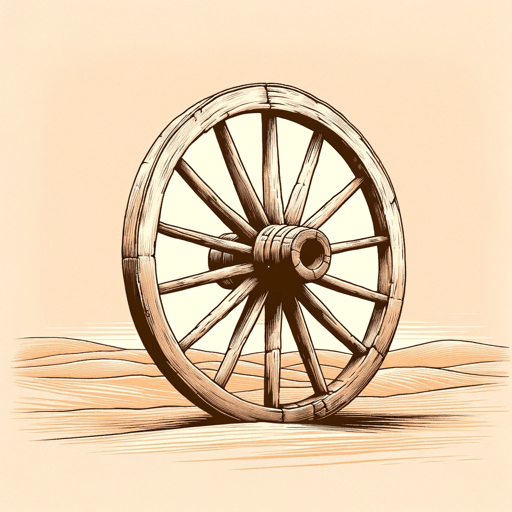
Blood Meridian
Cormac McCarthy

Child of God
Cormac McCarthy

Cities of the Plain
Cormac McCarthy
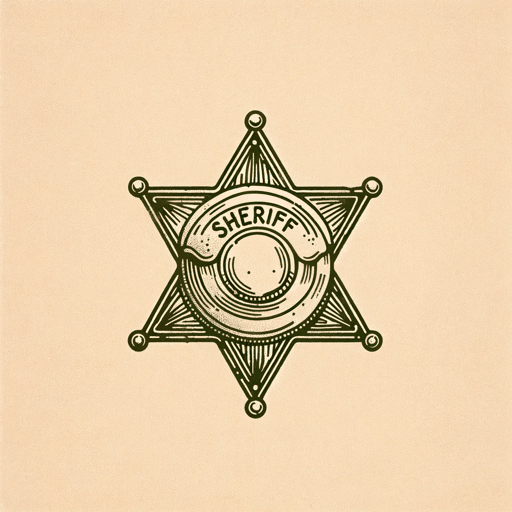
No Country for Old Men
Cormac McCarthy
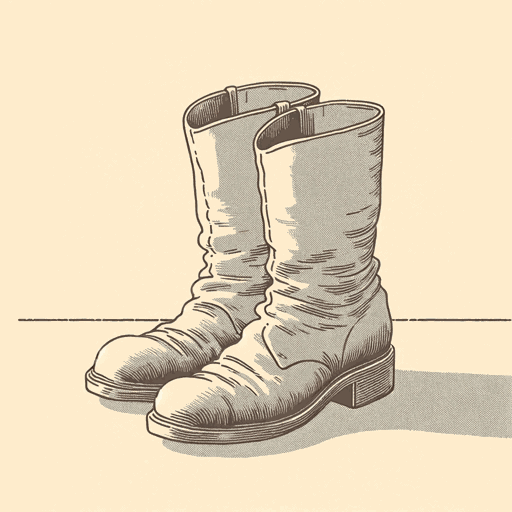
Outer Dark
Cormac McCarthy

Stella Maris
Cormac McCarthy

Suttree
Cormac McCarthy
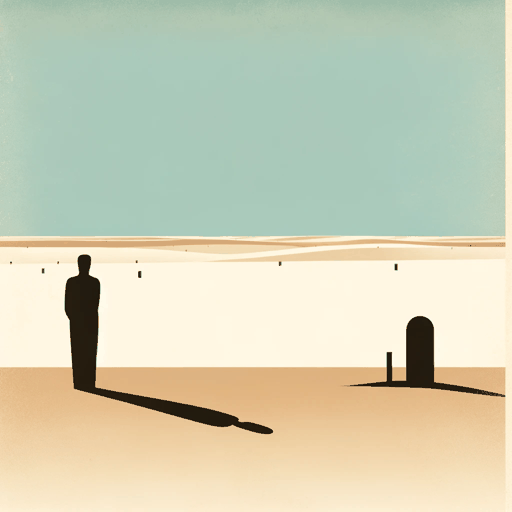
The Crossing
Cormac McCarthy
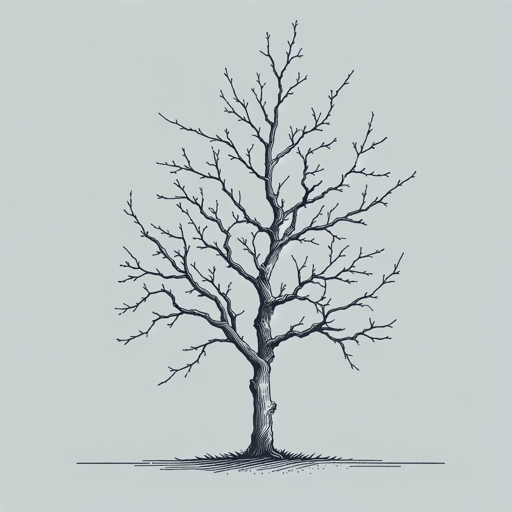
The Orchard Keeper
Cormac McCarthy

The Passenger
Cormac McCarthy
